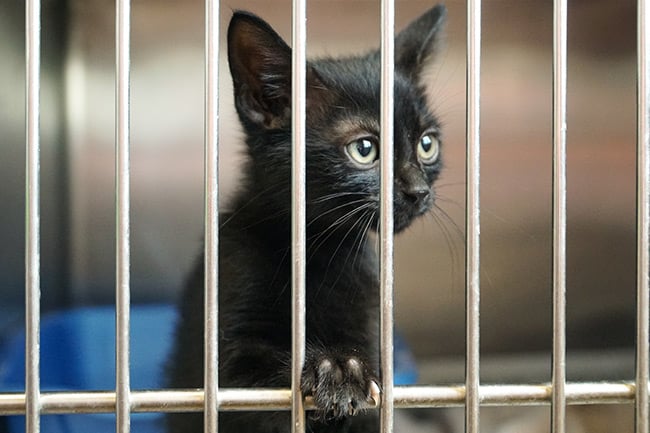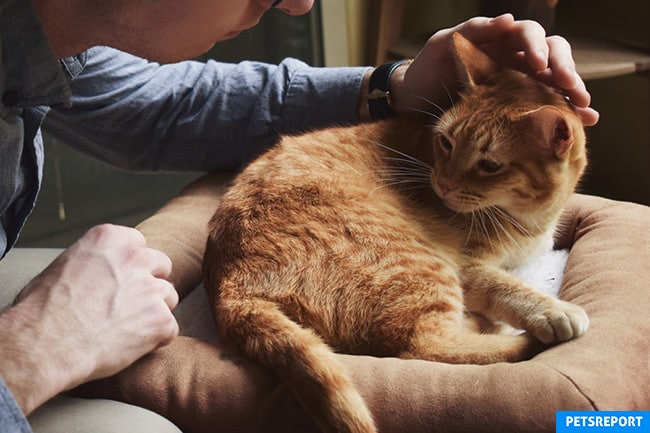Shelters are full of lovely cats that wait to be taken to a new forever home. Adopting a cat from your local shelter supports the hard work the folks at the shelter put into the animals’ temporary homes and gives your home a new family member that can fill up your house with love. When considering adopting a new feline, or if you already adopted a cat, here are ten things to consider.
1. Commit yourself
Having a cat is a lifetime responsibility, and your feline lives as long as 20 years! Although cats are more independent and self-sufficient than dogs, they are still dependent and reliant on their owners on their food, socialization, and medication.
2. Cats have naturally wild instincts
Cats are naturally wild. Like dogs, cats are also very territorial and in constant exploration of the world around them. Scratching is a part of their natural habits. This means that you need to provide for your cat’s needs to be wild animals.
3. Entertain your indoor cat
Indoor cats live longer because they avoid possible diseases and accidents. To keep them indoors, you have to provide entertainment and physical activity to avoid boredom and stress while inside.
4. Deal and solve cat’s behavioral issues
Every living being needs time to adapt to their new environment. If your cat keeps on scratching on your furniture, you must look for solutions. If your feline does not use the litter box, you need to check on the underlying reasons, including a medical, unclean litter box, etc. Don’t give up too easily if your cat doesn’t behave as expected; help them solve the behavioral issues your cat may show.

5. Research about cats
To be more educated and informed about cats, it is wise to read about cat’s behavior and how to live with them. Many internet sites offer you tips on making life easier with your feline friends at home.
6. Make sure to spay and neuter your cat
On average, a cat can have at least five litters in a year. Spaying and neutering your cats is the best way to minimize their litters. There are also behavioral benefits for your cats if you spay and neuter them.
7. Microchip your cats
Even if you keep your cats at home, they might still find a way to escape. The best way to track your cats is with a microchip. Visit your local veterinary for more information on how to register your cats for microchipping.
8. Cat-proof your household
Cat-proofing your house offers safety for both you and your cats. Not only will your things be secured from the jumping and running of your feline friends, but they are also safe from possible injury or poisoning. Dr. Claire Walther from Zoetis Petcare listed some basic cat-proofing that you can do to secure your windows, remove your breakables, and keep your cords and ties out of the cat’s view.
9. Offer comfort and safe space for your cats
Every member of the household, including your furry friend, deserves a comfortable spot. Provide them a designated, comfortable space for the litter box, an area where they can eat and drink, a safe space for their bed, and an area with their scratch post and “cat house.”
10. Have your pet sitters ready
We have to have a few trusted people willing to care for our furry kids when we go away for a vacation or any emergency occurrence. There are plenty of pet sitters that you can hire if you do not have any other contacts or your regular pet sitter is unable to come over. Just remember to screen your pet sitters properly before hiring. We want to leave our pets in the hands of good people.
Apart from the tips mentioned above, the most significant thing you can give your adopted cat is your unconditional love and care! Smother them with kisses and hugs as they arrive in their new loving home. And most of all, enjoy your purrfect feline friend.

